

Liebherr’s new 200 DR 5-10 derrick crane, a special luffing jib crane for dismantling tower cranes from tall buildings, is currently working on two sites – one in the UAE and the other in Russia – in dismantling cranes that were sometime earlier used to erect superstructures.
One of the cranes is currently at work at the $109 million Al Kazim Towers project in Dubai, while the other is operating at the 354-m-tall Federation Tower in Moscow, which is expected to become the tallest tower in Europe.
“Derrick cranes are principally suitable for hoisting extremely head loads, and are used as stationary installations for the prefabrication of steel bridges, the construction of tall buildings with a steel skeleton frame or for special dismantling tasks,” says Kurt Rudigier, branch manager of Liebherr-Werk-Nenzing in Dubai.
“The new 200 DR 5-10 was designed as a dismantling crane for the stripping down of cranes on tall buildings, bridge pylons and telecommunication towers. This is why the dimensions and weights of all the individual parts of the new crane are designed to enable them to be dismantled solely with the aid of a very small hoist and removed via lift shafts in buildings,” he adds.
The Liebherr 200 DR 5-10 derrick crane has no trouble dismantling tower cranes in the 300-tonnes-metre (tm)-plus payload category. Since a crane for the purpose of dismantling tower crane machinery is generally used at very great heights, its standard construction includes hoisting equipment for heights of 320 m in single- and double-reeved operation.
Depending on the purpose of the application, the new derrick crane can be configured with load moments of 100 tm or 200 tm. The supports for the 200 DR 5-10 are articulated and are adapted to the structural circumstances of the substructure on the building in order to achieve optimum distribution of the support forces. Depending on the application, the crane can be used with or without supports, known as ‘stiff legs’, which also ensures that the crane can be adapted to any application.
The maximum radius of the 200 DR 5-10 can be set to 20 m or 25 m as required. Using a jib for a maximum radius of 20 m, loads of 10 tonnes can be hoisted in double-reeved operation across the whole radial area. The jib used for a 25 m radius can hoist 7.5 tonnes at the tip, and at the point of inflexion of its load curve can hoist 10 tonnes at a radius of 19 m. This ensures that the crane can also lower heavy parts from great heights whilst preserving a safe gap between them and the building.
The 200 DR 5-10 derrick crane is equipped with frequency-controlled stepless drives for all types of movement. The luffing gear has an output of 37 kW, while the hoist gear produces 45 kW.
“Safety is another factor of great importance in crane operations on buildings that are several hundreds of metres tall,” says Rudigier. “The safety-orientated SPS controls in the Liebherr 200 DR 5-10 derrick crane monitor all movements with the tried and tested functionality found in all Liebherr luffing jib cranes. Sensors monitor and safeguard the hoisting height, load moment, jib inclination and slewing gear. With the radio-operated remote controls, the crane user can operate his machinery under optimum conditions.”
Rapid auto-dismantling
Dismantling is also easy with the new Liebherr derrick crane, since it does not require additional cranes and the entire operation can be performed with simple hoisting equipment. For this, Liebherr supplies a complete package consisting of a high-lift truck, forklift truck with weighing equipment and a collapsible workshop crane.
“The crane can be fully stripped down into individual parts and lowered in the building’s lifts, depending on the dimensions and weight. This is why the maximum dimensions of individual parts come to 2.20 m by 1.10 m by 1.10 m with a maximum weight per package of 1,000 kg,” says Rudigier.
While auto-dismantling, the tower of the 200 DR 5-10 takes on the role of the jib-bracing frame found in a normal luffing jib crane. After the jib is dismantled, the tower is angled and dismantled in the way that a crane dismantles the jib sections. The equipment is particularly easy to assemble, aided by the fact that only plug-and-socket connections are used for the electricity lines.
“A further factor easing the safe dismantling process is the accessibility of the jib sections, tower and drive platform, with personnel protected on all accessible parts by catwalks and safety cables. This makes it possible to fully dismantle the new Liebherr derrick crane, given suitable building site logistics, in only three to four days,” Rudigier concludes.



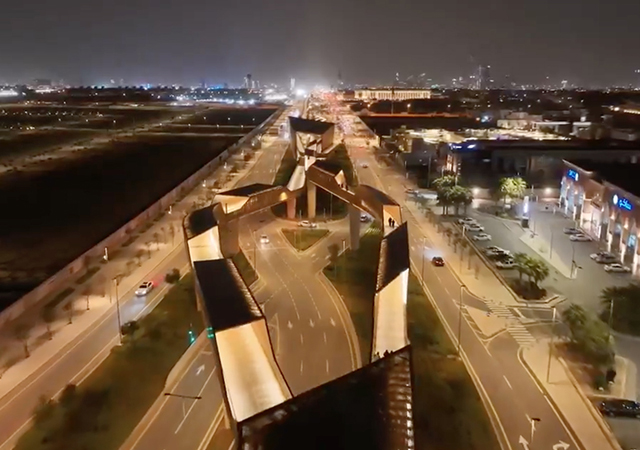



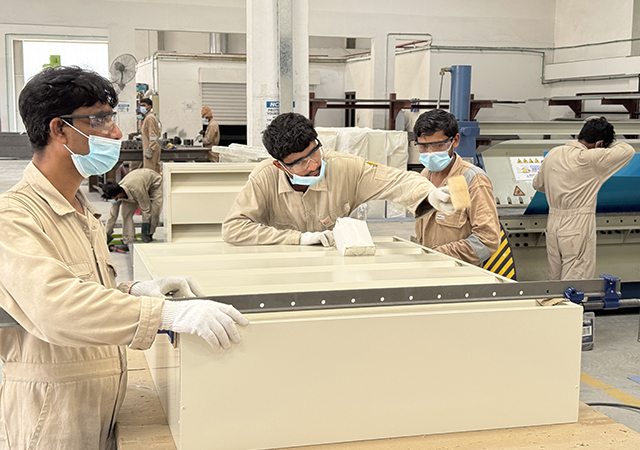



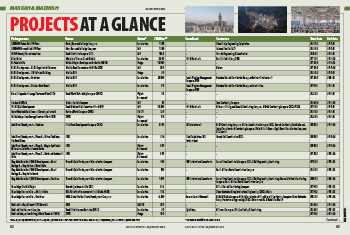
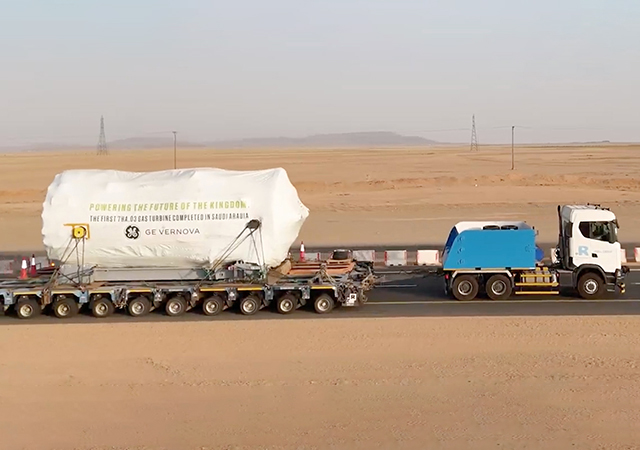
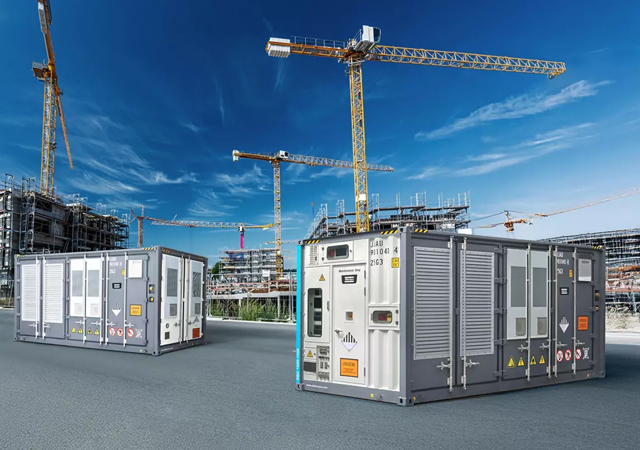
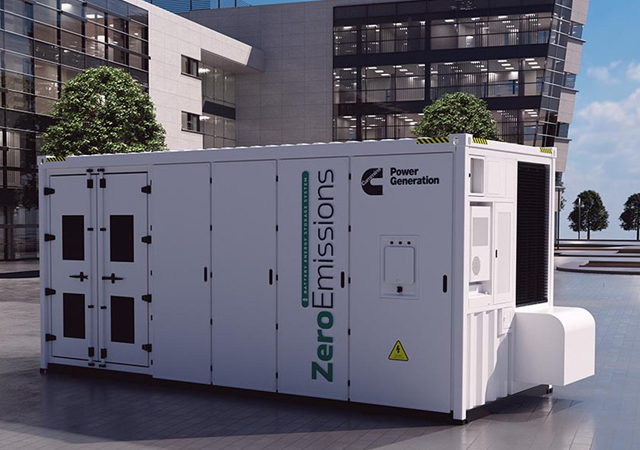
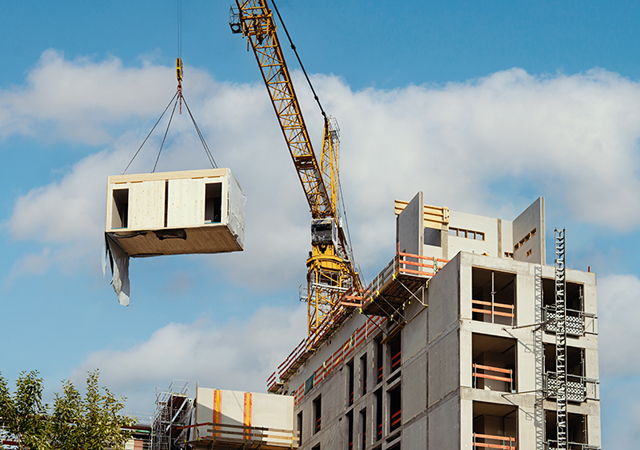

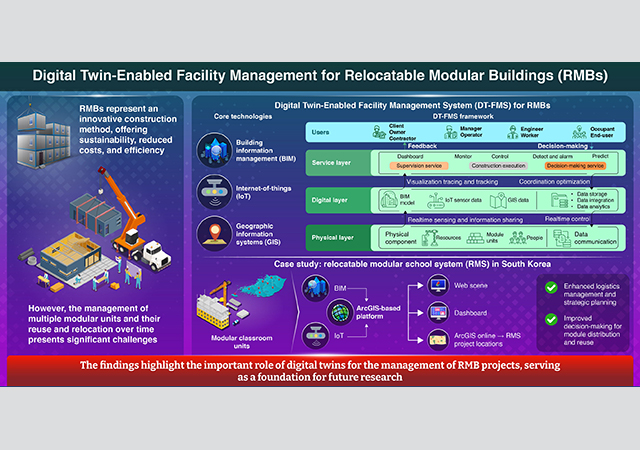


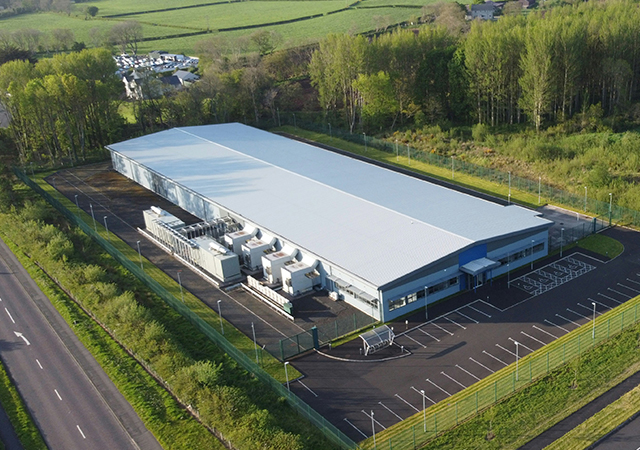
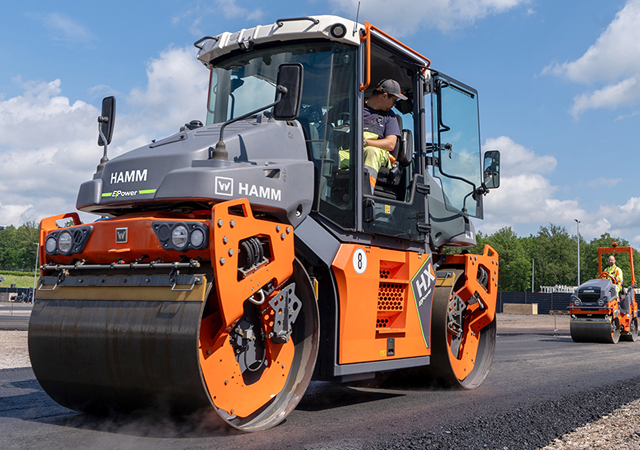
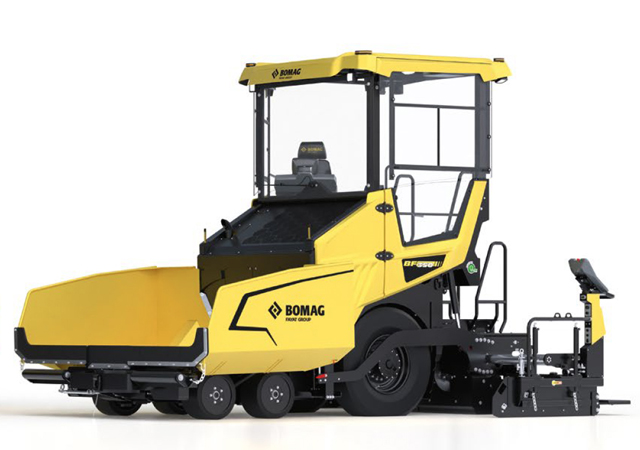
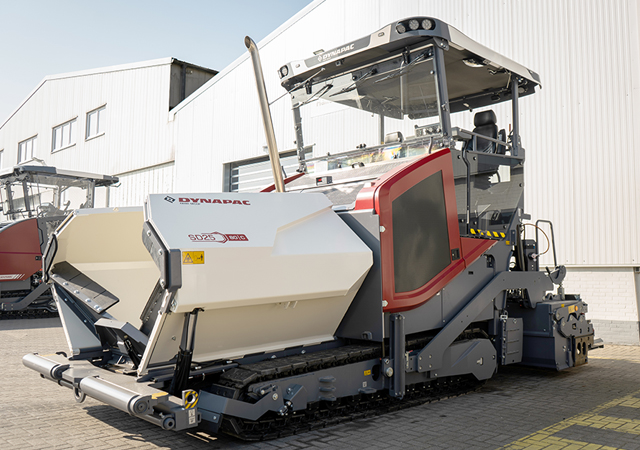










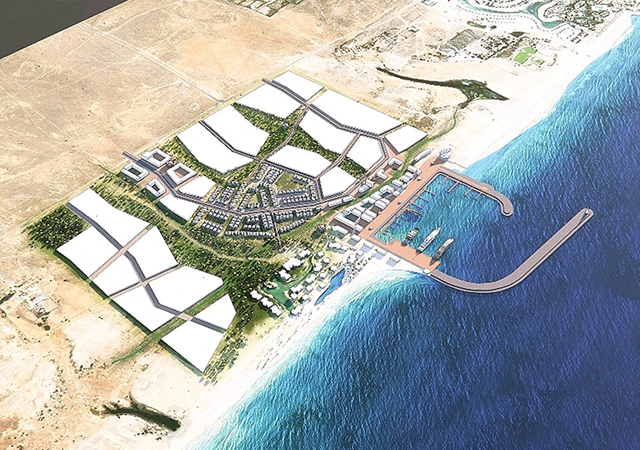
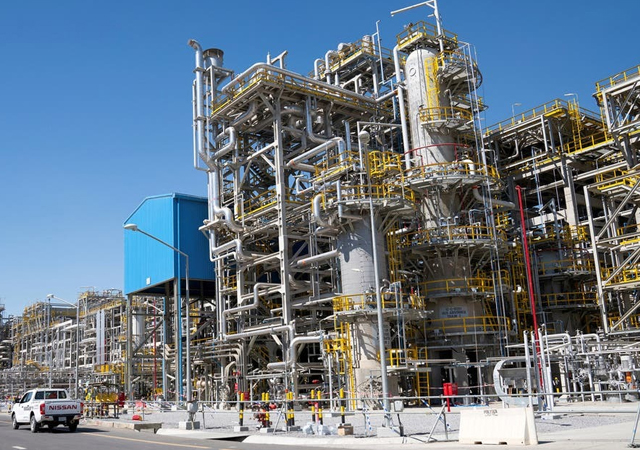








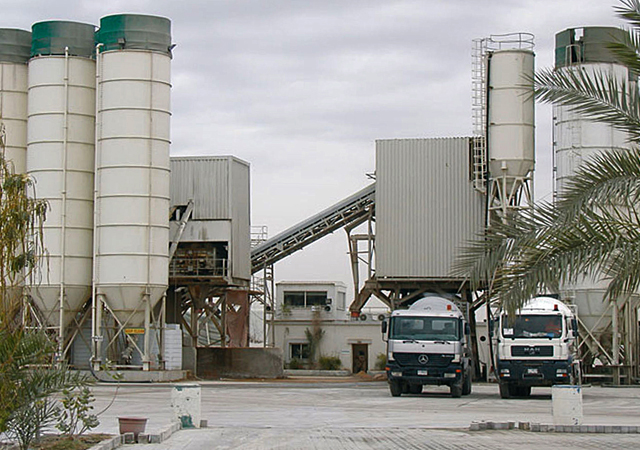
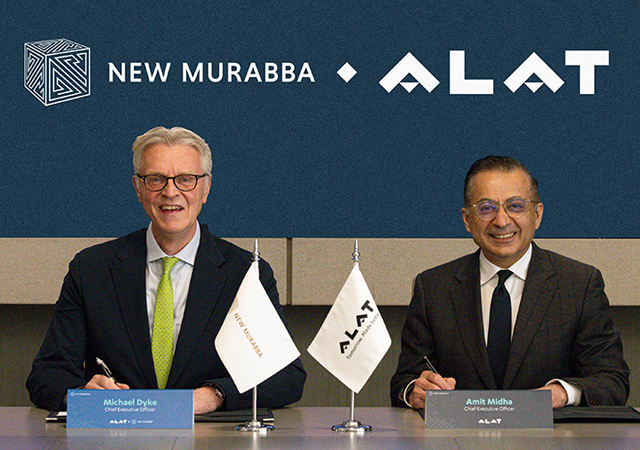


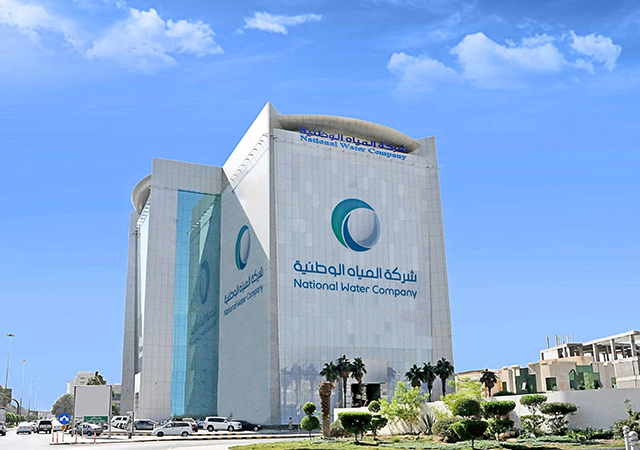








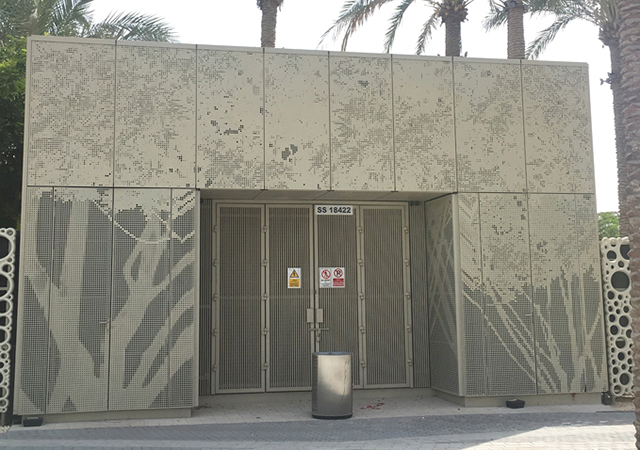
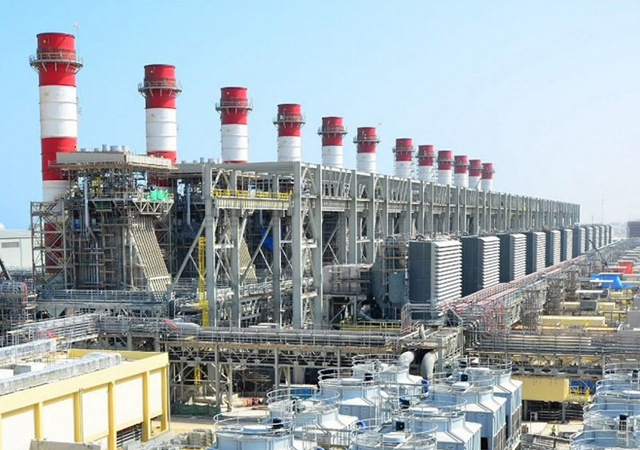
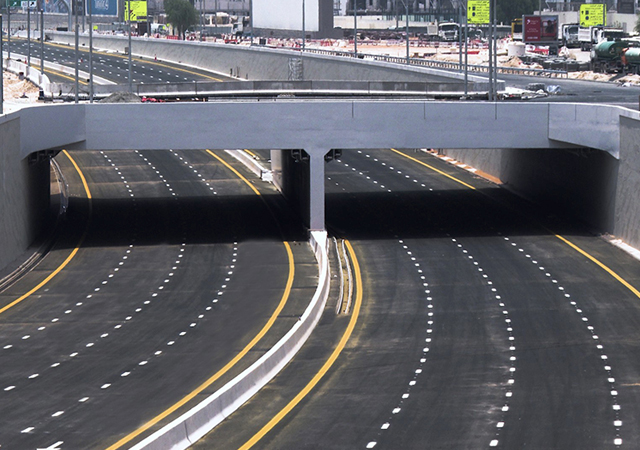









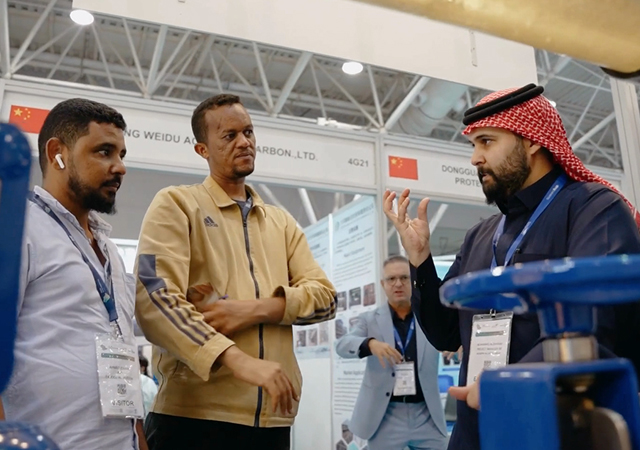

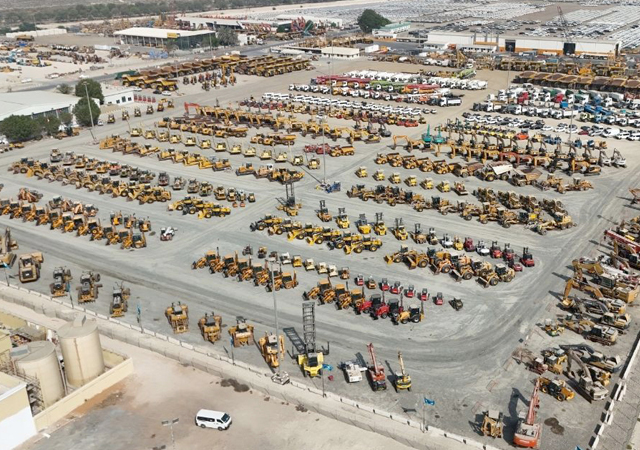
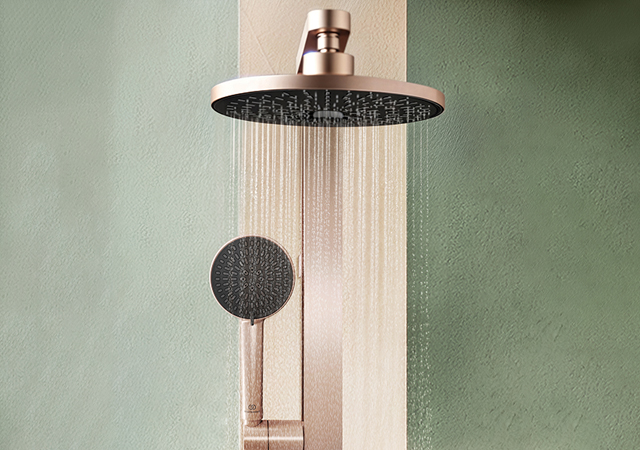






.jpg)




